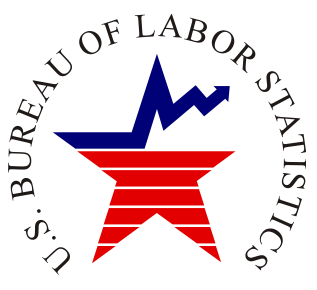By John E. Thompson
The U.S. Bureau of Labor Statistics has released a report entitled Characteristics of Minimum Wage Workers, 2013 which claims that approximately 1.8 million hourly-paid workers made less than the federal Fair Labor Standards Act‘s $7.25-per-hour minimum wage last year.
It also asserts that another 1.5 million hourly-paid workers earned exactly this minimum rate.
These statements are already being touted as additional support for increasing the FLSA minimum wage. On the contrary, even a cursory look at the methodology gives rise to serious doubt that the report has almost anything worthwhile to say in this regard.
“Lies, damned lies, and statistics”
Of course, taken at face value, a contention that nearly two million employees earned less than the minimum wage leads to the obvious question, “Isn’t that illegal?!” After all, if FLSA minimum-wage violations were already the problem, then raising the rate would seem not to be the solution.
But it turns out that, in the BLS’s own words, the fact that some workers’ hourly earnings are said to fall below the FLSA minimum wage “does not necessarily indicate violations of the FLSA . …” So how in the world could that be the case? The answers shed light upon why the report has little real relevance in the minimum-wage debate.
For one thing, BLS bases its hourly-wage estimates solely upon employee self-reporting. Furthermore, the data BLS used do not reveal whether a worker was even subject to the FLSA’s minimum-wage requirement in the first place.
Neither did it delve into whether an employee might fall within an exception of some kind.
“Garbage in, garbage out”
For example, the FLSA’s Section 3(m) allows employers to take a credit toward the minimum wage for tips received by tipped employees. This provision permits the employer to pay a cash wage of as little as $2.13 per hour, but the employee’s tips received must make up the difference to the $7.25-per-hour level. The truth is that many such employees make more than $7.25 per hour if both cash wages and tipped income are taken into account.
But the BLS survey data did not count an employee’s tips received. Consequently, a tipped employee who reported an hourly rate of $2.13 whose tips nevertheless brought him or her to the $7.25-per-hour threshold apparently was included in the “below minimum wage” category, even though this is not accurate in any meaningful way. The most BLS had to say is that “tips may supplement the hourly wages received.”
This factor alone has almost certainly substantially skewed the survey’s results. Over 67 percent of the purportedly below-minimum-wage workers fell into BLS’s “Leisure and hospitality” category, “the vast majority” of which were employed in “restaurants and other food services,” areas in which tipped compensation is prevalent.
As for employees said to be paid “at” the minimum wage, these results too are questionable.
For instance, the BLS survey data did not consider any commissions these workers might have received, and it is reasonable to assume that neither did it take into account any other kind of compensation (such as bonuses or other incentive pay) besides the hourly wage an employee reported. Thus, it appears that an employee reporting an hourly rate of $7.25 who also received regular commission payments averaging $250 a week would be shown as having been paid “at” the minimum wage.
The Bottom Line
The specifics of many reports and statistics like these, especially those produced by government agencies, often receive superficial review by members of Congress and their staffs and are taken to have unwarranted credibility. Instead, their headline-grabber highlights tend to show up in legislators’ presentations and in Congressional committee reports prepared in the run-up to new employment laws.
Clearly, this BLS report should not serve as the basis for any minimum-wage policymaking.
This was originally published on Fisher & Phillips’ Wage and Hour Laws blog.
